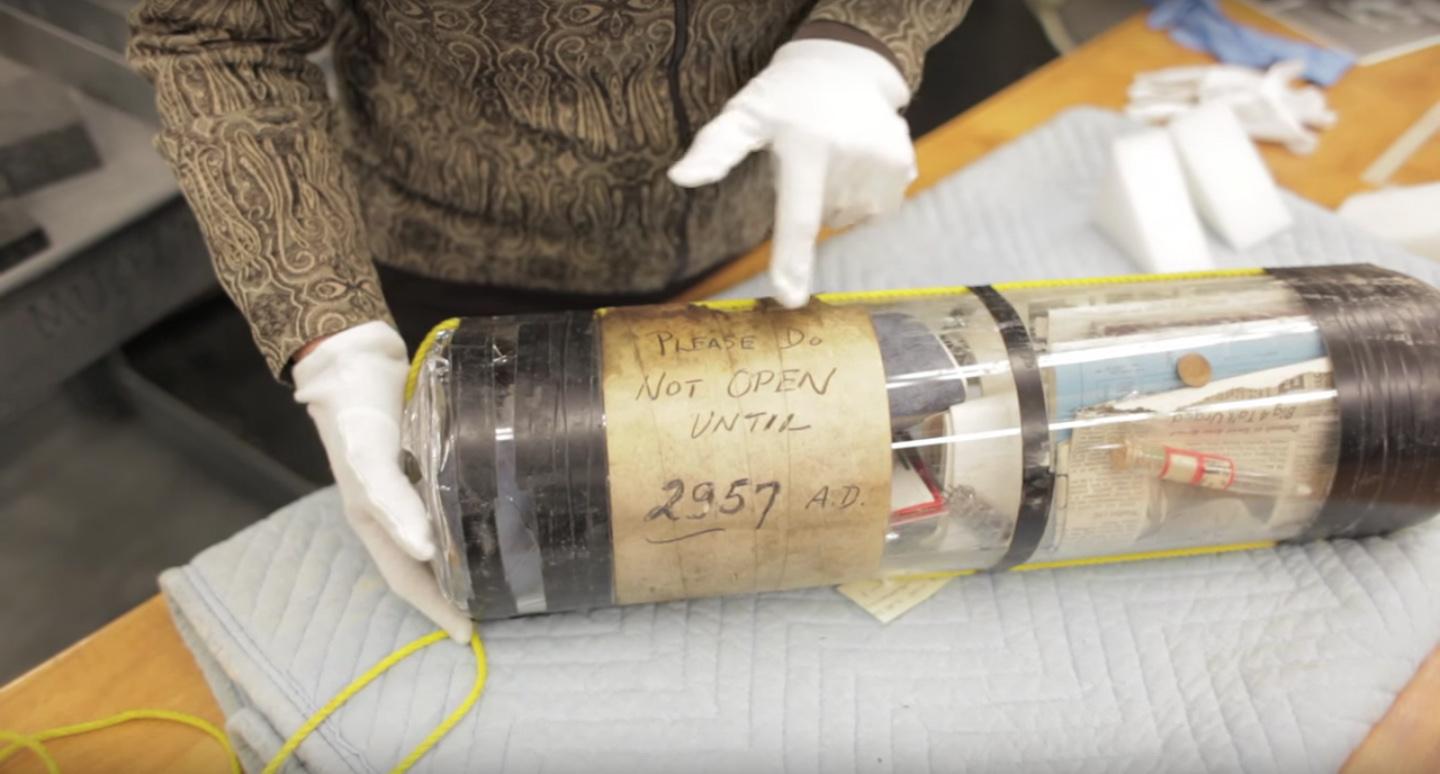



Today, Bovey Heathfield is a flourishing heathland with reptiles and nightjars to be spotted! Hampshire Wildlife Trustīlashford Lakes - Now a haven for wetland birds, the outbreak of World War Two saw this site in the Avon Valley become the RAF Ibsley airfield, used as a base for Spitfires. During the Second World War and for a short time after, American soldiers trained on the heathfield. The site is also a Scheduled Ancient Monument, holding one of only two earthworks in the South West. Devon Wildlife Trustīovey Heathfield - On January 9, 1646, this was the site of the Battle of Bovey Heath, a regionally decisive battle during the English Civil War. Today, the reserve has been invaded by nightjar, woodlark and lapwing, amongst other species. At the end of the Cold War, Greenham housed nuclear warheads called Cruise Missiles, and the airbase was also used between 19 for International Air Tattoo events to showcase military aircraft. Greenham and Crookham Commons was used as a rifle range and muster point in the Napoleonic wars, and became an RAF airbase used in World War Two (nearby Bowdown Woods nature reserve has an Old Bomb Site storage area). Longis is surrounded with six Victorian coastal forts and dozens of German bunkers, so it is the perfect place to mix wildlife with history. Longis Nature Reserve - The Alderney Bird Observatory is one of the best places to spot the travels of many migratory birds and the island as a whole is rich in history, having been occupied by the Germans in World War Two. During World War One, Spurn was transformed into a military complex, and a road was built in World War Two to enable vehicle access to Spurn Point. Spurn is well known for being an amazing place to see migrant birds - although you need to check the tides to see if you can actually get there! Spurn has been associated with defence since the early 1800s, when a battery of guns were stationed to defend the Humber. The quarry now supports gorse, elder, hawthorn, elm, ash, ferns and bluebells, among other things. The battle was a decisive English victory in the long conflict between James IV and the Earl of Surry and his English forces. This disused quarry stands on a hill a mile and a half south of Flodden Battlefield. Northumberland Wildlife Trustįlodden Quarry - There is evidence that King James IV of Scotland, later to become King James I of England, camped at Flodden Quarry in 1513. The rugged magnesium limestone coastline hides derelict pillboxes, tank traps and defensive trench systems and is nowadays a stopoff for migrant birds, and home to some rare plants such as butterwort, grass of Parnassus and bird’s eye primrose. Blackhall Rocks and Cross Gill - Located along Durham's heritage coast, the beach at Blue House Gill was once known as "Dead Man's Beach" when a temporary morgue was set up at the valley bottom as there were so many bodies washed up from shipwrecks during the war.


 0 kommentar(er)
0 kommentar(er)
